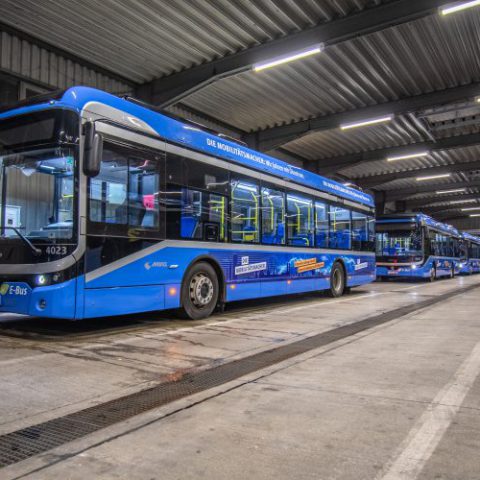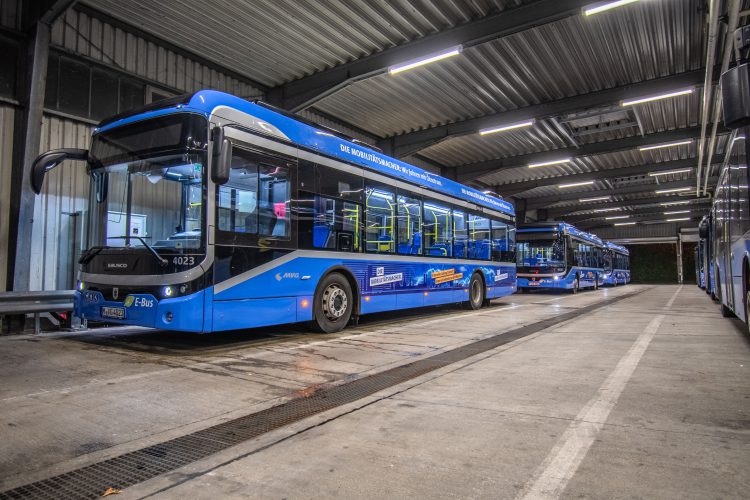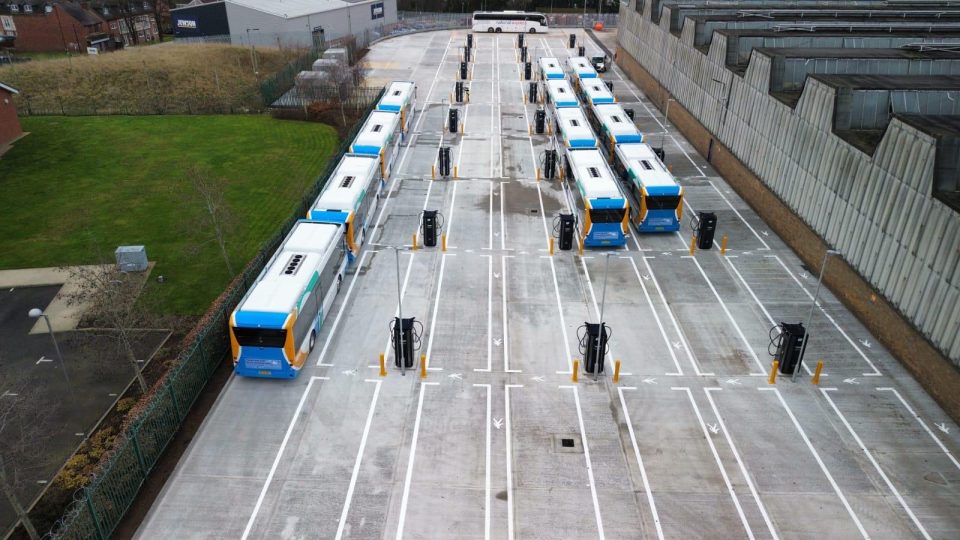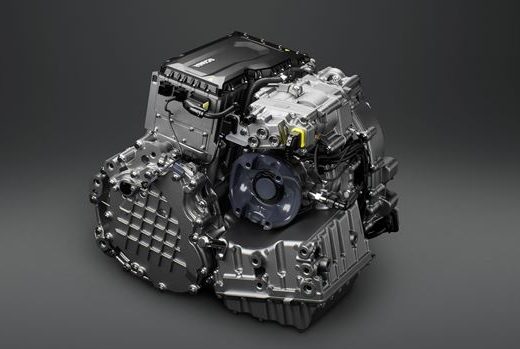The outlook: over 10 million battery-electric buses and trucks to be sold this decade
2020 will see an overall 7% contraction in global battery electric commercial vehicle markets. 2021 is expected to show a significant recovery, with 47% growth in the battery electric sector. And hybrids are going to play a major role, leveraging on the new Chinese policy direction, which is imminent. These are just a few takeaways from latest […]

2020 will see an overall 7% contraction in global battery electric commercial vehicle markets. 2021 is expected to show a significant recovery, with 47% growth in the battery electric sector. And hybrids are going to play a major role, leveraging on the new Chinese policy direction, which is imminent. These are just a few takeaways from latest Interact Analysis report on the commercial vehicle sector, with a particular focus on the battery electric and hybrid market.
Interact Analysis forecasts that electrified powertrains – hybrid, fuel cell and battery electric – will account for over 2.5 million annual registrations of commercial vehicles by 2030, out of a total of over 20 million.

The future of electric commercial vehicles
After a severe COVID-induced setback in 2020, the industry is predicted to make a swift recovery in 2021. Hybridisation is the favoured solution for most long-distance vehicles; while full electric is preferred for city buses and last-mile delivery vehicles, according to Interact Analysis, a consulting firm based in London.
After a 7% decline in the market for battery-electric commercial vehicles in 2020, which was the continuation of a decline in 2019 and was largely due to Chinese subsidy policies, the sector will bounce back in 2021.
Interact Analysis says that though sales dipped from 168,000 in 2019 to around 156,000 in 2020, the projected global sales figure for 2021 stands at nearly 231,000 units – a stunning 47% growth for the sector. This is driven by growth in Europe and North America, along with the extension of China’s EV subsidy program which was meant to come to an end in 2020. APAC will be streets ahead in 2021, surpassing the 2019 global figure with over 171,000 sales.
Europe will be second in this league table, with a projected 44,000 new electric vehicle registrations in 2021. The total truck and bus market (battery-electric, fuel cell, hybrid and diesel) will decline by 16% in 2020 but will see 15% growth in 2021.

2.5 million electrified commercial vehicles sold yearly by 2030
Interact Analysis forecasts that electrified powertrains – hybrid, fuel cell and battery electric – will account for over 2.5 million annual registrations of commercial vehicles by 2030, out of a total of over 20 million.
Battery electric powertrains are predicted to make serious inroads in the city bus and light duty vehicle sectors, notably last-mile delivery vehicles, reflecting the anticipated lasting boom in online-shopping caused by the pandemic. Inter-city bus fleets and long-haul trucks where pure battery electric is not always a viable option are predicted to see an increasing use of fuel cell technology.
Policy developments in China, hybrids on a rise
The latest policy developments in China signalling a relaxation in green rules to stimulate production indicate that hybrid technologies will have a strong role in the region. Targets indicate that by 2030 New Energy Vehicles (battery electric or fuel-cell electric) should account for 30% of new sales in China while hybrids should account for 75% of ‘traditional energy’ vehicles. The impact on the medium and heavy-duty commercial vehicle market could be significant.
Rueben Scriven, Senior Analyst at Interact Analysis, says: “We aren’t there yet with full electric powertrains for heavy duty commercial vehicles, and we may not be for some time. Therefore we predict that hybrid solutions will come to the fore in APAC (partly due to new regulations in China), whilst in Europe, OEM fleet CO2 emissions regulations (-15% by 2025 in the EU) will likely push mild hybridisation in heavy-duty applications. California, along with several other US states, is mandating OEMs to sell a certain number of zero emission commercial vehicles. This will disincentivise OEMs to sell hybrids as these vehicles may cannibalise zero emission vehicle sales.”







